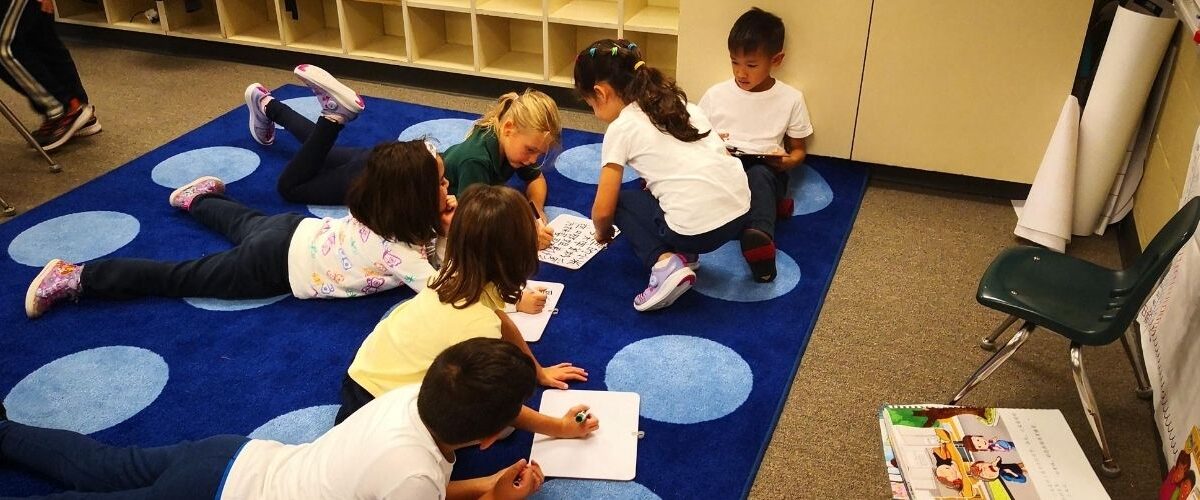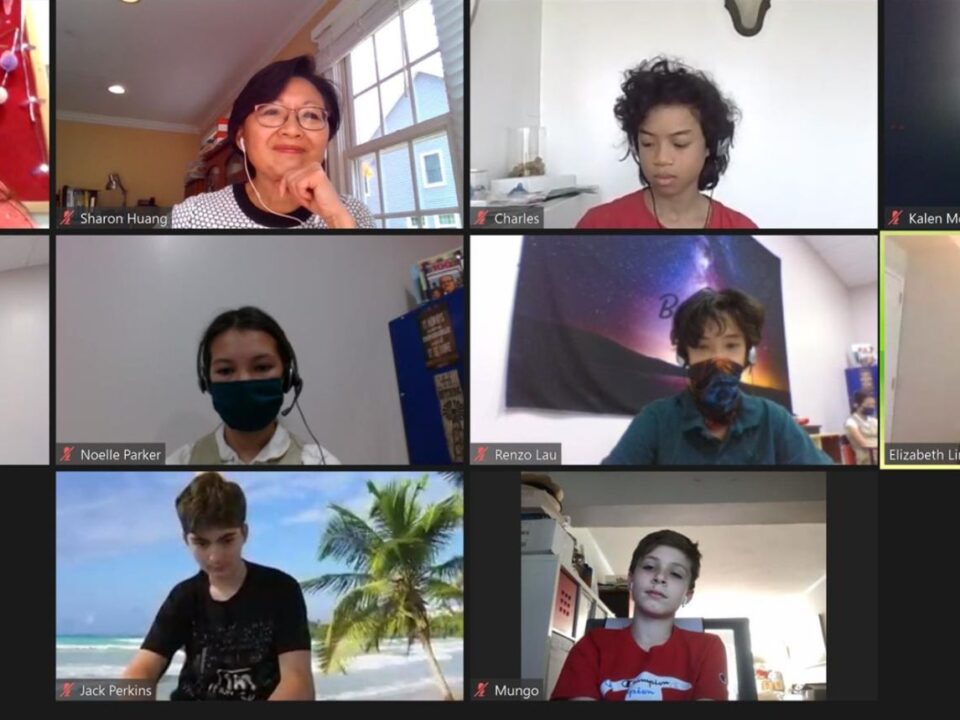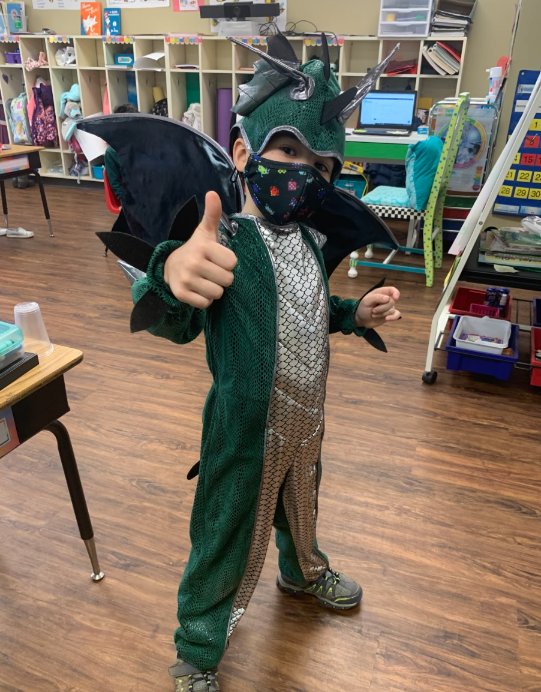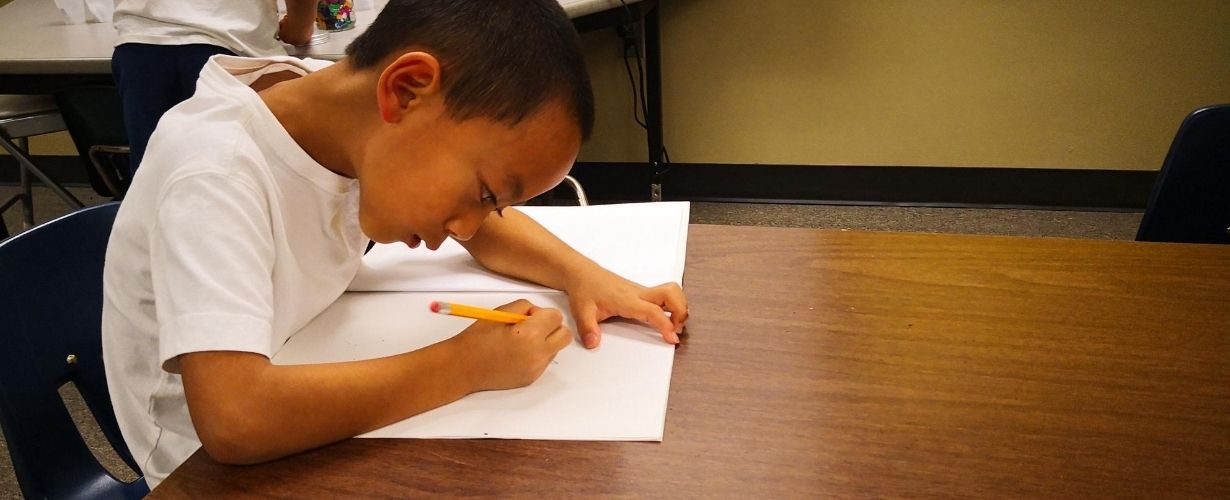
The Gifted Child: Born or Bred?
August 18, 2020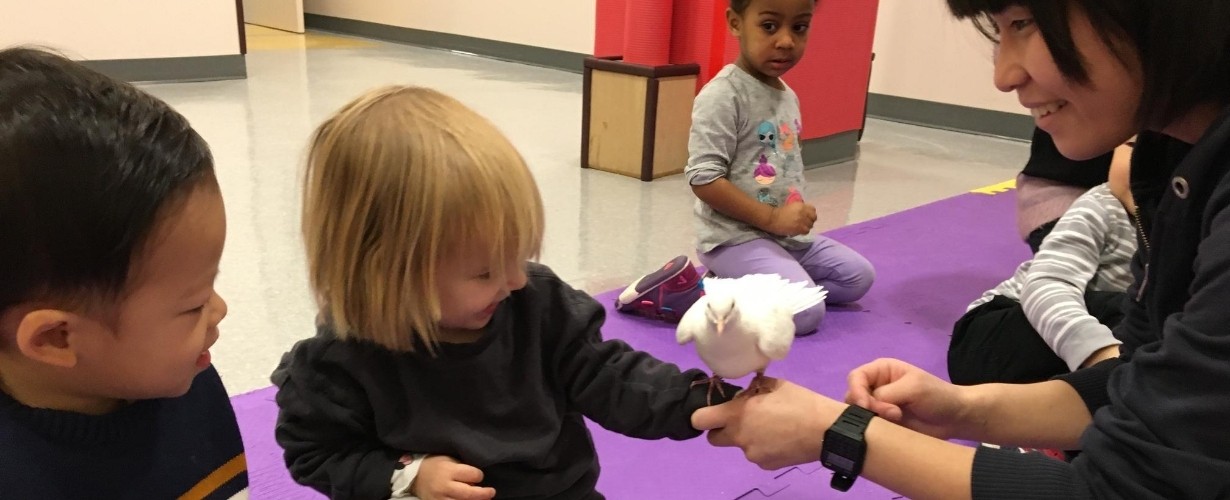
Fostering Curiosity and Compassion in our Preschool Students
August 18, 2020
Parents interested in the best private schools value the learning environment and character development that comes in a smaller setting focused on character values. Excellent schools recognize that like an iceberg, behavior and academic performance account for only 10% of a child’s whole self. The remaining 90% is comprised of sensory or emotional needs that lie beneath the surface. Often times, what goes unseen are the emotions such as shame, sadness, trauma, and nervousness, just to name a few.
Social-emotional learning (SEL) focuses on understanding all of these feelings with the objective of teaching to the whole student. The idea of SEL developed in the mid-1990s when New York Times science writer Daniel Goleman published a groundbreaking book called Emotional Intelligence. In this book, he argued that one’s Emotional Quotient (EQ) is a greater predictor of success than one’s Intelligence Quotient (IQ). What’s more, emotional intelligence can be taught and learned while IQ is mostly fixed.
There are five competency clusters of social-emotional behavior. They are self-awareness where the child recognizes herself as a unique individual, self-management or self-regulation where a child learns to engage with others, social awareness which is empathy toward others, responsible decision making which is the ability to analyze a situation and relationship skills which is resolving conflicts through communication and cooperation.
HudsonWay Immersion School Focuses on SEL
Hudson Way Immersion School (HWIS) offers a social-emotional learning program (SEL) starting in our preschool. Some might think that a bilingual setting where 90% of the communication is in the target language might not be conducive for an exploration of our emotions. But not only have our teachers been trained on the fundamentals of early childhood education and second language acquisition. They have also been taught about the fundamentals of social-emotional learning.
Compassion and Individualized Instruction at HWIS
The way that we practice social-emotional learning at HWIS starts at the beginning of each school day when students enter the classroom and teachers greet them with a warm smile or hug. It continues throughout the day during circle time, dramatic play, art, singing songs, snack time and recess. By focusing on developing compassion among preschool students we are better equipped at creating a safe and nurturing environment where students can truly learn through play.
In our elementary and middle school programs, we encourage students to communicate with kindness, give them tools to resolve conflict, and express feelings appropriately. Each month our students lead an assembly focused on one of our core values – accountability, respect, communication, teamwork, initiative, community, transparency, innovation, and excellence. Small class sizes afford teachers the time to oversee and model the interactions. When students feel safe and supported, self-confidence and resilience are developed. Our commitment to keeping a low student to teacher ratio helps our teachers build relationships with each student.


